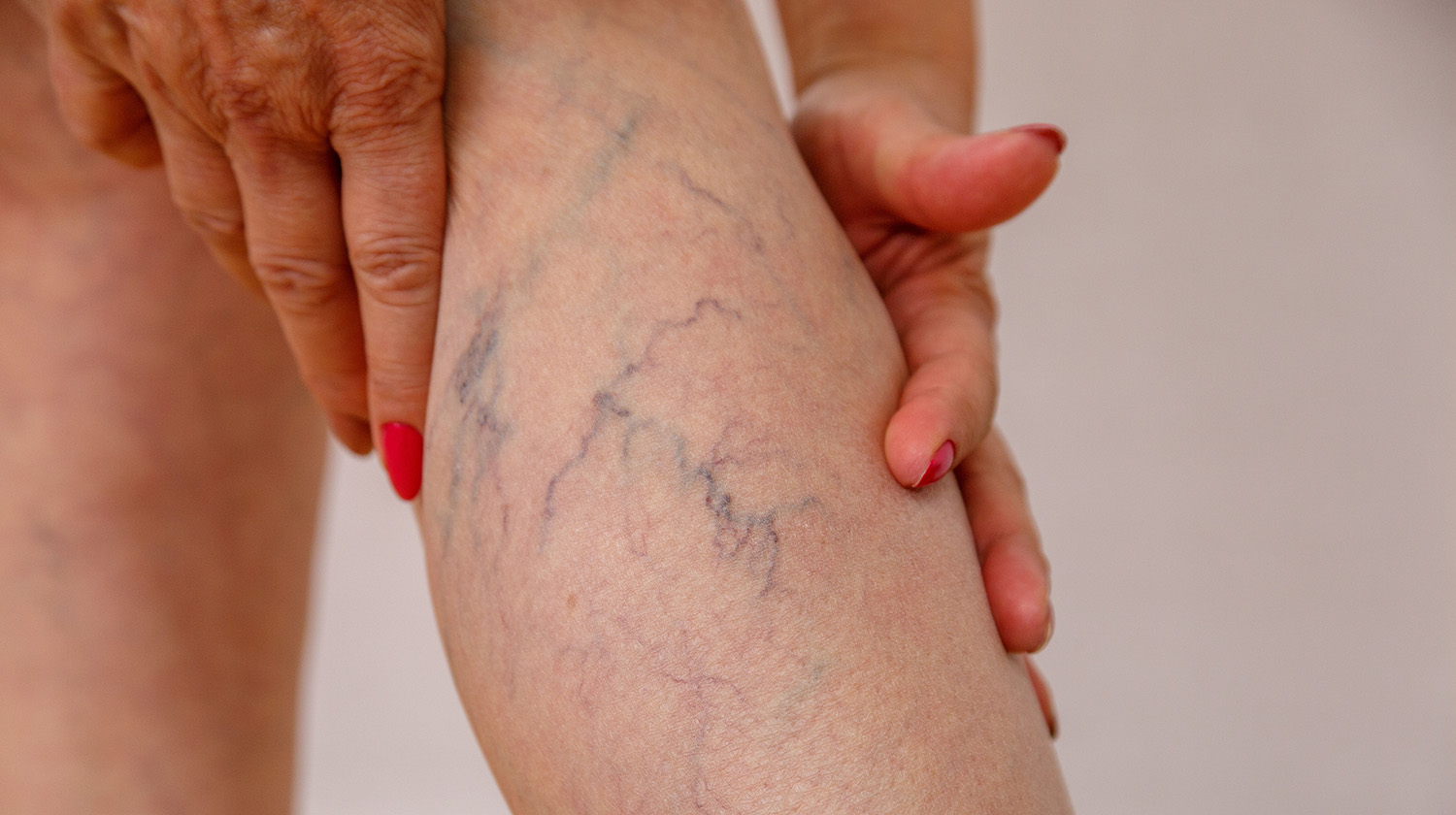Varicose Veins
Varicose veins are enlarged, twisty veins which appear under the skin. They are a relatively common problem, affecting up to 20% of the population (especially in the lower limbs). Small valves located within veins create uni-directional blood flow towards the heart. When these valves lose some or all of their function, pressure in the vein increases, causing the veins to bulge outwards, and varicose veins to develop.
The cause of varicose veins remains unknown, with no links to diet, clothing, constipation, crossing legs, floor surfaces, sunbathing, waxing the legs, or lack exercise.
Varicose veins impede vascular function (especially when standing), resulting in complications such as leg cramps, rashes (i.e., eczema), and ulcers (which may bleed). Occasionally, small veins may burst and cause permanent brown stains on the skin.

